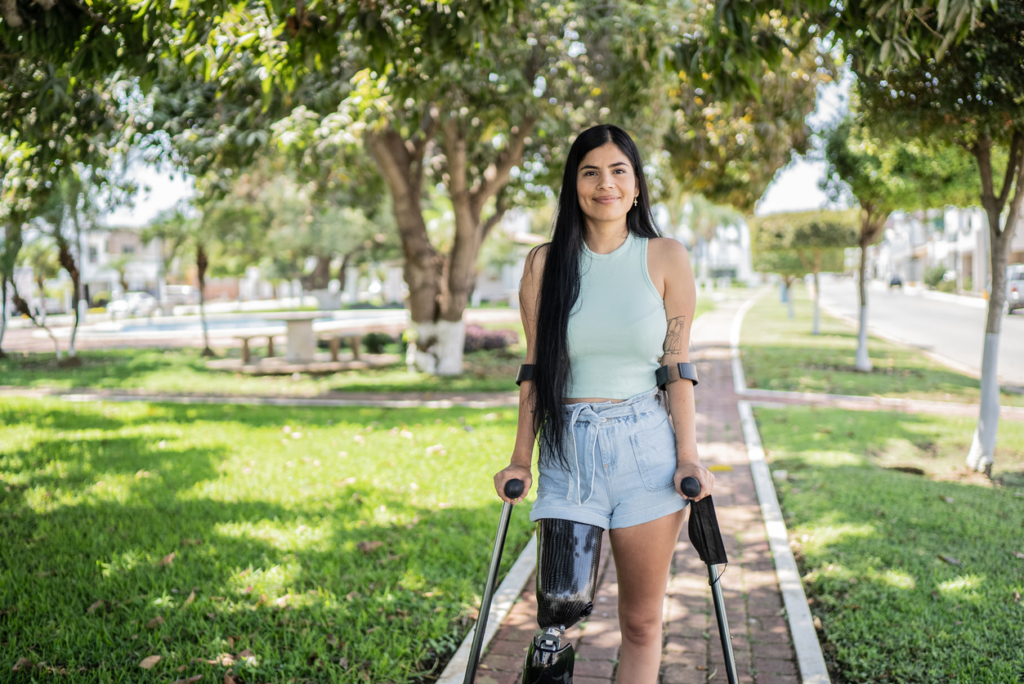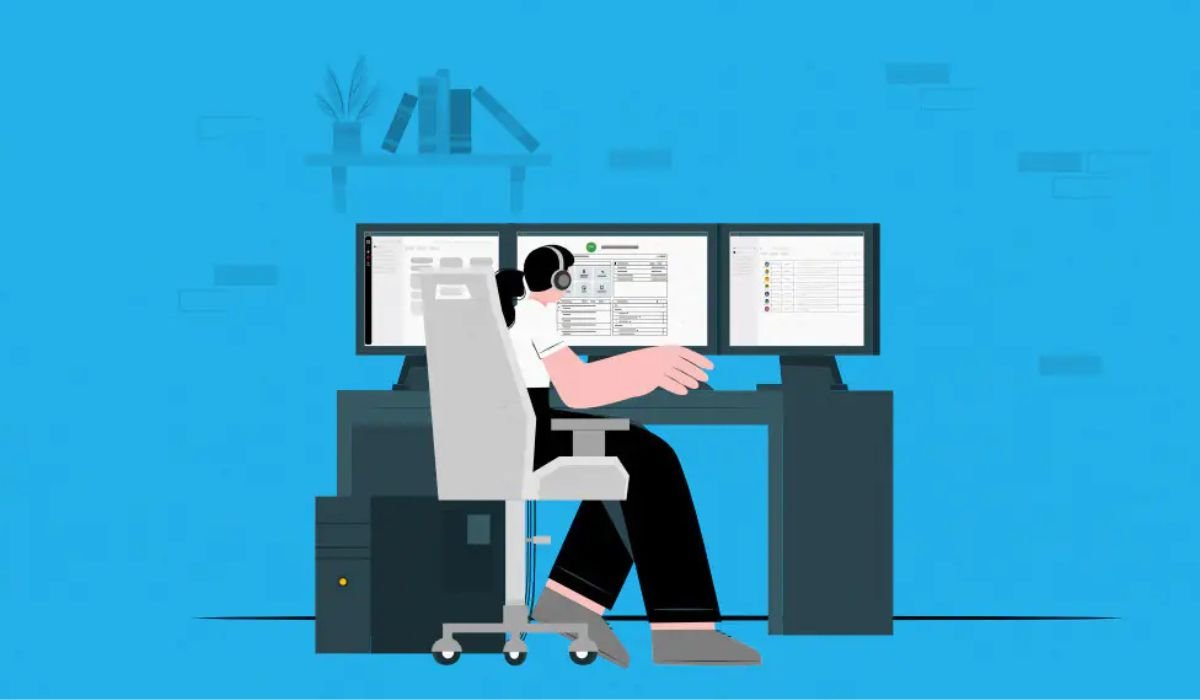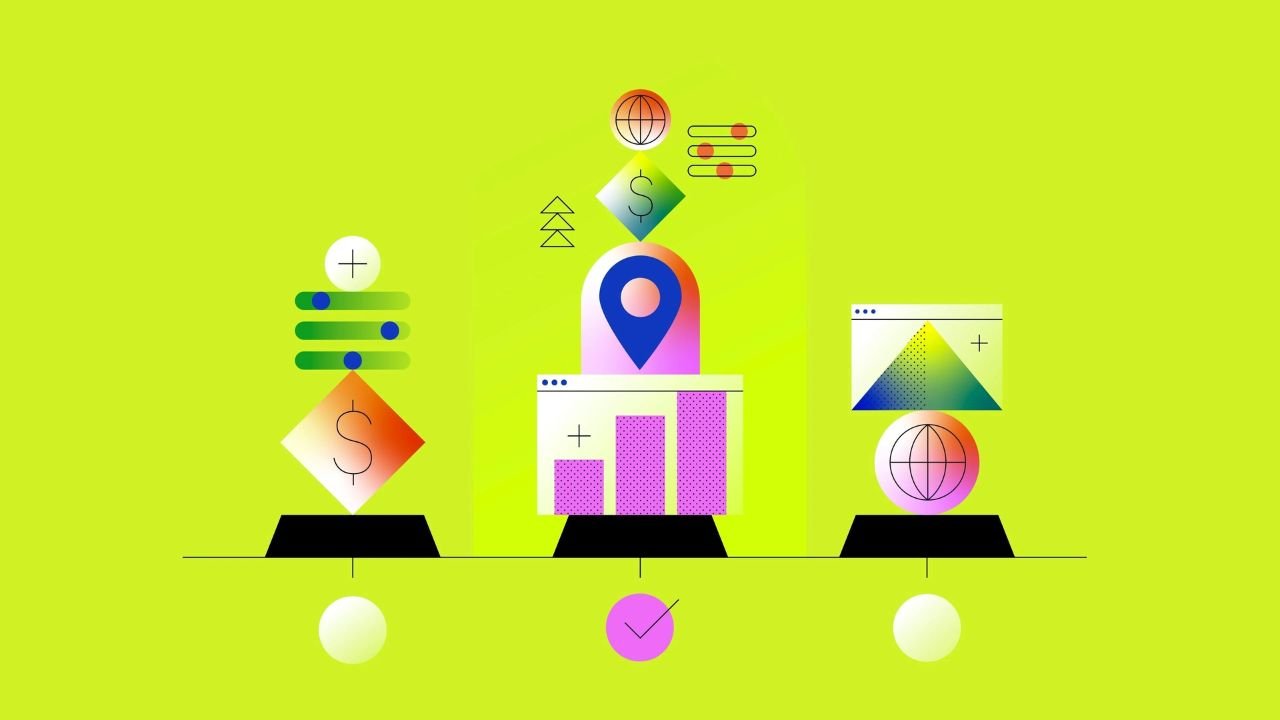In the fast-paced, overstimulated world we live in today, mindfulness has become more than just a buzzword—it’s a crucial tool for well-being. For people with disabilities, mindful living can offer not only peace and clarity but also a path toward empowerment, inclusion, and healing. As society gradually shifts towards more holistic and accessible wellness, it’s essential to explore how nature, support services, and self-care practices come together to create a more mindful, fulfilling life for everyone—regardless of ability.
Understanding Mindfulness and Disability
Mindfulness is the practice of being present in the moment without judgment. It’s about cultivating awareness of thoughts, emotions, and surroundings in a gentle, accepting way. For people living with physical, intellectual, or psychosocial disabilities, mindfulness can be a deeply grounding practice, especially in the face of stress, anxiety, or social isolation.
Living with a disability often involves navigating complex healthcare systems, daily physical challenges, and social barriers. In such a context, mindfulness doesn’t just offer calm—it can foster resilience. It encourages a sense of control, focus, and emotional regulation, all of which are essential in daily living.
While mindfulness may traditionally be associated with seated meditation or yoga, its application is broad. It can be practiced through simple breath awareness, body scanning, mindful eating, creative expression, or time spent in nature.
Nature as a Healing Companion
Nature has long been recognized for its therapeutic benefits. Whether it’s the soft rustle of trees, the scent of fresh rain, or the warm sun on the skin, time spent outdoors can deeply nourish the soul. For individuals with disabilities, access to nature can be both healing and empowering.
Research shows that exposure to green spaces reduces stress, lowers blood pressure, and boosts mood. For people who may experience sensory overload or cognitive fatigue, nature provides a calming, grounding environment. It enhances focus, encourages movement, and improves overall mental health.
However, accessibility remains a key issue. Trails, parks, beaches, and recreational spaces must be designed to accommodate mobility devices, sensory needs, and neurodivergent experiences. Thankfully, more community planners and wellness advocates are recognizing this need and pushing for inclusive natural environments.
Adaptive outdoor programs, accessible hiking paths, sensory gardens, and therapeutic horticulture are just a few examples of how nature is being made more inclusive. These spaces don’t just offer physical access—they provide emotional and psychological sanctuary. Iconic natural wonders like Antelope Canyon are also becoming more mindful of accessibility, allowing more people to experience the awe and healing power of the outdoors.
The Role of Self-Care in Empowered Living
Self-care is a vital part of any wellness journey. For people with disabilities, it goes beyond spa days or journaling—it involves advocating for one’s needs, creating supportive routines, and practicing self-compassion in the face of systemic and physical challenges.
Self-care may include:
- Emotional boundaries: Saying no to toxic relationships or draining commitments
- Medical advocacy: Communicating clearly with doctors, therapists, and care teams
- Rest: Prioritizing rest without guilt, especially when managing fatigue or chronic pain
- Routine building: Establishing consistent, manageable schedules that promote calm and predictability
- Creative expression: Art, music, dance, or writing as a form of healing and identity
It’s also important to acknowledge that for many people with disabilities, self-care isn’t a solo endeavor. It requires community support, accessible environments, and reliable resources. That’s where disability services come in—not as a crutch, but as a bridge to independence and mindful living.
Community, Support & the Path to Inclusion
No one thrives in isolation. While personal self-care and mindfulness are critical, they are only part of the equation. Community and professional support play a transformative role in helping individuals live fulfilling, empowered lives.
One essential pillar of this support system in Australia is the availability of NDIS support services. These services provide access to care workers, therapies, adaptive technology, transport, housing options, and more—tailored to each person’s unique goals and lifestyle. When combined with a mindful approach to life, these services enable individuals to build routines, engage with nature, and pursue meaningful activities in a sustainable way.
It’s not just about daily assistance—it’s about building confidence, autonomy, and connection.
Mindfulness Practices That Empower
There is no one-size-fits-all mindfulness practice. The key is to adapt and personalize practices based on each individual’s sensory, cognitive, and physical needs. Here are some inclusive and accessible mindfulness approaches that have proven helpful:
1. Guided Visualization
For individuals with limited mobility, guided imagery can transport the mind to calming places—a forest, a beach, or even outer space. These sessions can be audio-based and tailored to sensory preferences.
2. Sensory Walks
If outdoor access is possible, a short mindful walk focusing on different senses—sight, sound, smell—can deepen present-moment awareness and reduce anxiety.
3. Breathing Techniques
Simple breathing practices, like box breathing or 4-7-8 breath, can quickly soothe the nervous system. These can be practiced in wheelchairs, beds, or seated on cushions.
4. Mindful Movement
Adaptive yoga, stretching, or tai chi can be incredibly grounding. These can be led by trained instructors familiar with disability support.
5. Mindful Journaling
Encouraging reflective writing or audio journaling allows individuals to track emotions, notice patterns, and cultivate gratitude.
Technology and Accessibility: Making Mindfulness Easier
Technology is also playing a growing role in making mindfulness accessible. From voice-guided meditation apps to virtual nature experiences, the digital world is helping bridge physical barriers.
Some accessible tools include:
- Apps like Headspace, Calm, and Smiling Mind (with screen-reader compatibility)
- Smartwatches with vibration-based breath reminders
- Online communities for people with disabilities exploring mindfulness
- Virtual nature simulations or immersive forest soundscapes
Tech doesn’t replace the natural world, but it complements it—especially for those with limited mobility or environmental access.
The Future of Mindful, Inclusive Wellness
We are on the cusp of a more inclusive wellness movement—one that acknowledges the diverse needs of people with disabilities and sees mindfulness not as a luxury, but a right.
As urban planners create accessible parks, as therapists become more trauma-informed, and as disability advocates share their lived experiences, we are reimagining what well-being looks like.
Mindful living is not about perfection. It’s about pausing. Listening. Connecting. It’s about valuing every body and every mind, exactly as they are.
For people with disabilities, mindful living may require a few extra tools and considerations—but it holds just as much beauty, power, and possibility.
Final Thoughts
The integration of nature, self-care, and community support forms the foundation of a mindful life—especially for those navigating the world with disabilities. While challenges persist, the growing awareness around inclusive wellness practices is a hopeful sign.
By supporting accessibility, promoting mindful practices, and recognizing the dignity of every person, we can collectively move toward a more compassionate and connected world—one breath, one step, one moment at a time.



